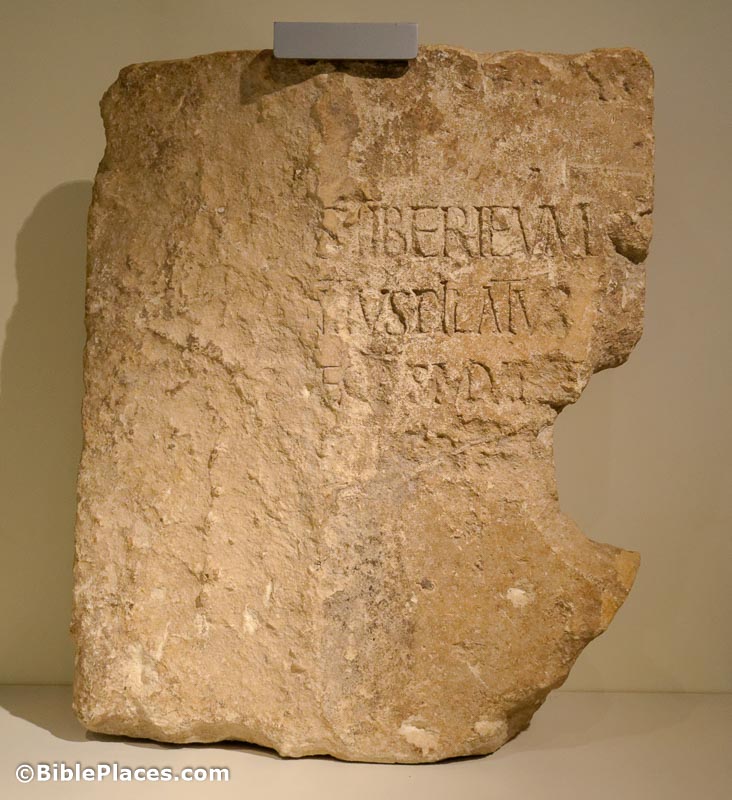(Posted by Michael J. Caba)
This ongoing series of posts considers the historical reliability of the New Testament books of Luke and Acts by examining the relationship between the texts and other ancient sources. Primarily intended to assist those with a teaching ministry, it will cover both well documented and obscure correlations and will include periodic summaries and source references as relevant.

The first two verses of the third chapter of the Book of Luke contain references to eight individuals in prominent positions at the beginning of the ministry of John the Baptist. The text itself is shown below.
“In the fifteenth year of the reign of Tiberius Caesar-when Pontius Pilate was governor of Judea, Herod tetrarch of Galilee, his brother Philip tetrarch of Iturea and Traconitis, and Lysanias tetrarch of Abilene-during the high-priesthood of Annas and Caiaphas, the word of God came to John son of Zechariah in the wilderness.” (Luke 3:1-2, NIV)
The second individual in the list, Pontius Pilate, is a well known figure who is referenced in a number of ancient sources (e.g. Tacitus, Josephus). These sources include the inscribed limestone slab shown here that was found in Caesarea Maritima, Israel in 1961. It was originally made in c. AD 30. It is written in Latin and reads, “Tiberium Pontius Pilate Prefect of Judea.”
Future posts will continue to explore this list of eight people as well as other correlations between the books of Luke and Acts with various ancient sources.
For information on similar artifacts related to the Bible, see Bible and Archaeology – Online Museum.
This ongoing series of posts considers the historical reliability of the New Testament books of Luke and Acts by examining the relationship between the texts and other ancient sources. Primarily intended to assist those with a teaching ministry, it will cover both well documented and obscure correlations and will include periodic summaries and source references as relevant.

The first two verses of the third chapter of the Book of Luke contain references to eight individuals in prominent positions at the beginning of the ministry of John the Baptist. The text itself is shown below.
“In the fifteenth year of the reign of Tiberius Caesar-when Pontius Pilate was governor of Judea, Herod tetrarch of Galilee, his brother Philip tetrarch of Iturea and Traconitis, and Lysanias tetrarch of Abilene-during the high-priesthood of Annas and Caiaphas, the word of God came to John son of Zechariah in the wilderness.” (Luke 3:1-2, NIV)
The second individual in the list, Pontius Pilate, is a well known figure who is referenced in a number of ancient sources (e.g. Tacitus, Josephus). These sources include the inscribed limestone slab shown here that was found in Caesarea Maritima, Israel in 1961. It was originally made in c. AD 30. It is written in Latin and reads, “Tiberium Pontius Pilate Prefect of Judea.”
Future posts will continue to explore this list of eight people as well as other correlations between the books of Luke and Acts with various ancient sources.
For information on similar artifacts related to the Bible, see Bible and Archaeology – Online Museum.